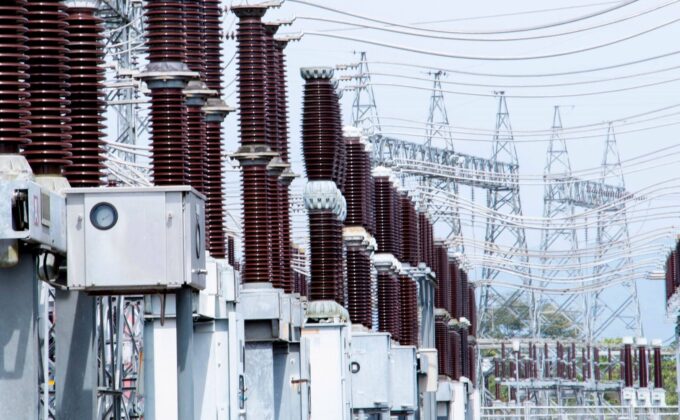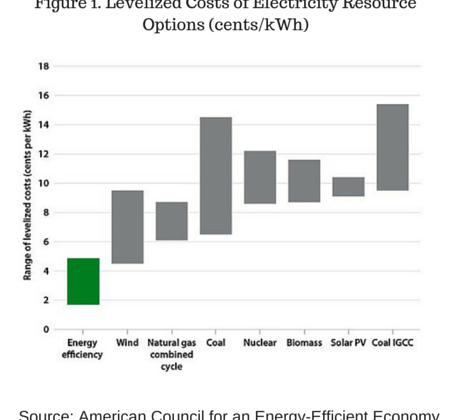Filter >>
Content Filter:
Capacity mechanisms have recently gained the attention of policymakers in Europe. The discussion in Member States is driven by various concerns, including resource adequacy constraints, the often-misunderstood “missing money” issues raised by utilities, and attempts to limit peak demand. In… View Summary +

Much of the controversy associated with the U.S. Environmental Protection Agency’s (EPA) proposed Clean Power Plan has to do with disputes about whether the agency has the authority to set greenhouse gas emissions limits for power plants based only on… View Summary +

A new discipline—environmental history—recently came to my attention while helping my Chinese colleagues develop plans to manage air quality. They wanted to know what Los Angeles did in the 1950s and 1960s to clean up its air and what London… View Summary +
Yesterday, the National Association of Clean Air Agencies (NACAA) released an important new resource: Implementing EPA’s Clean Power Plan: A Menu of Options (disclosure: RAP provided technical assistance and helped write the Menu). We believe the… View Summary +

Under the proposed Clean Power Plan (CPP), traditional air regulation based on solutions at individual generation plants will shift to a more flexible approach based on four building blocks, one of which is energy efficiency. Given most states’ experience with… View Summary +
In the energy field, we often face choices between, on the one hand, resources whose investment costs are largely known and fixed and whose running costs over time are low (e.g., solar photovoltaic (PV) panels or energy efficiency upgrades) and,… View Summary +
Ensuring that an acceptable level of electric system reliability is maintained as the Clean Power Plan is implemented is in everyone’s interest. This short paper suggests ways states can think about their reliability targets and associated tolerance bands in assessing… View Summary +
A responsive demand side is critical to the success of the integrated European electricity market (IEM) and, more particularly, to the cost-effective transition to a decarbonised electricity market. The intermittent nature of renewable technologies such as wind and PV makes ensuring a… View Summary +
As the power sector moves quickly toward decarbonization, authoritative research is demonstrating that a reliable transition that achieves economic, security, and climate goals is not only possible, but can be done at no more than – and possibly less than… View Summary +
In late March, the National Development and Reform Council (NDRC) and the National Energy Administration (NEA) jointly issued Guidance on Improving Power Sector Operation to Enable More Generation and Full Generation of Clean Energy. This document followed… View Summary +
